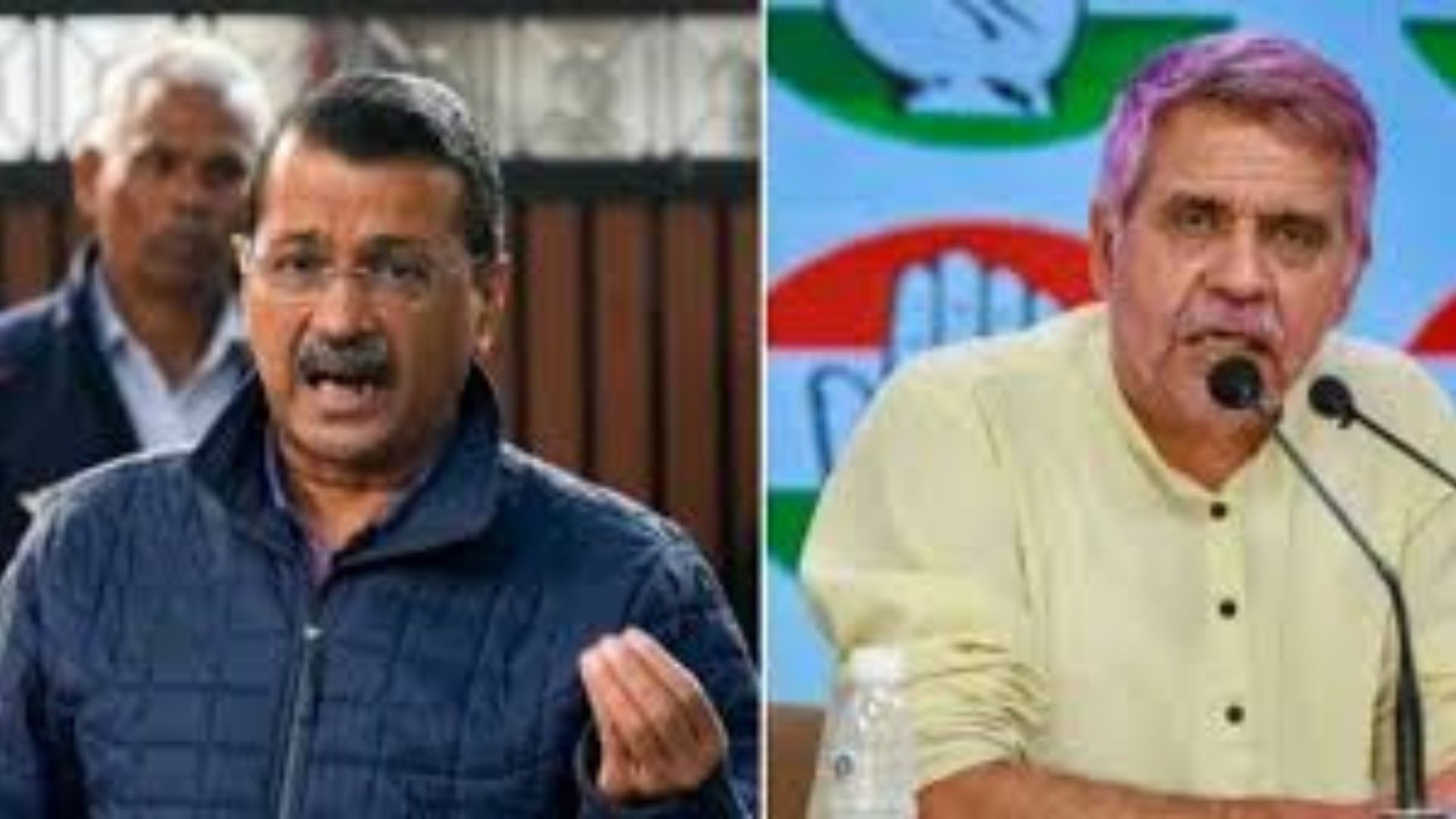India has seen an exponential rise in the usage of communication devices like laptops, mobile phones, tablets, fax machines, etc., in the last few years and with this ever-increasing consumption, e-waste generation has also increased in the country.
According to a report by ASSOCHAM-EY, India is among the top five countries that produce electronicwaste worldwide, besides China, United States, Japan and Germany. By the end of 2020, India’s e-waste will reach 5.2MMT from 2 MMT in 2016, the report suggests.
Unorganised sector
Electronic waste is badly recycled in India. According to reports, the country formally recycles only 5% of the total e-waste, and the remaining 95% is processed by the kabaddi-wallas or ends up in the junkyards.
According to a report by Mait-GTZ, more than 90% of the e-waste generated in India lands up in the unorganised sector giving the uneducated and unskilled labourers a chance to make money.
Dr Sandip Chatterjee, scientist working in Electronics Materials & Components Division (EMCD) under Ministry of Electronics and Information Technology, said, “The government had laid down the rules and regulations in 2016, which stated that producers are liable to collect 10% of the devices they have produced in 2017 and by 2023, 70% of the target collection should be there.”
“As per the EPR guidelines, the product after use should go back to the manufacturer but there are leakages in the Extended Producer Responsibility mechanism”, Chatterjee said. “While only 1.5% of e-waste generated in India gets recycled formally, there are no efforts from the manufacturers to create awareness among the customers about the EPR programme,” he added.
He further added, “There is an urgent need for the private sector to address the EPR. Further, Indians do have the mentality to get money for everything. Rather than giving the products back to the producer, they sell it to the informal sector that burns the devices after the extraction process resulting in soil, air and water pollution”.
Toxic Health
Chatterjee informed that India has 178 authorised recyclers but still companies sell “Mother Board” to a Belgium company, Unicor, as we lack the latest technology to recycle. “Unicor buys only motherboards from India to extract gold, silver, copper, etc. The leftovers go to Moradabad in Uttar Pradesh or Seelampur in Delhi. More than 4 lakh employees are working there who burn these items to extract copper and gold. The fumes, which comes out of the board while burning causes cancer,” Chatterjee said, adding that, the unskilled labourers who are working in this informal sector are at a great health risk as the whole process damages the nervous systems, kidneys, bones, reproductive and endocrine systems in the human body.
Respiratory problems are common among the people working in these filthy smoke-filled conditions. E-waste is hazardous to health and can cause cancer due to the presence of many harmful chemicals and metals like copper, lead, cadmium, chromium, mercury, etc. Electronic waste consists of 40% lead and 70% heavy metals, which results in soil, land, water, and air pollution.
“It has been three years since the law has passed but nothing has been done to aware the consumer about the policy or stop the labour to burn the devices after the extraction,” says Chatterjee.
On being asked about the challenges faced by the government to address the issue, Chatterjee informed that the main hurdle in the implementation of Law. Until and unless we address the material flow, we cannot solve this issue. Moreover, India lags in cost-effective technology and does not have adequate resources.







